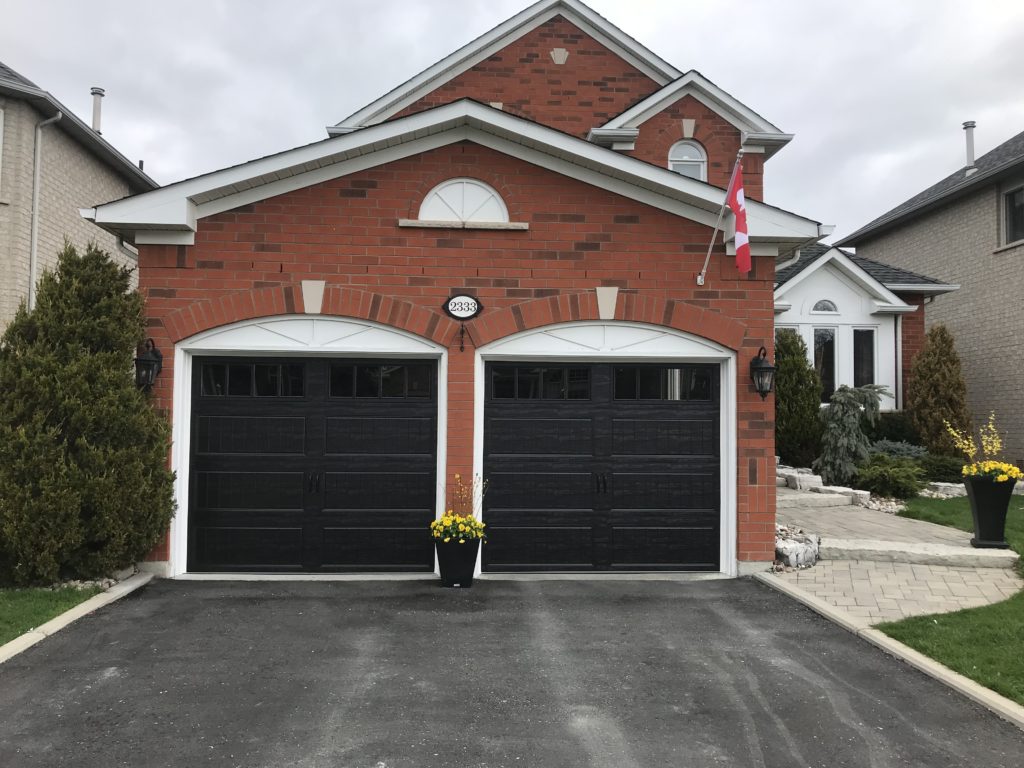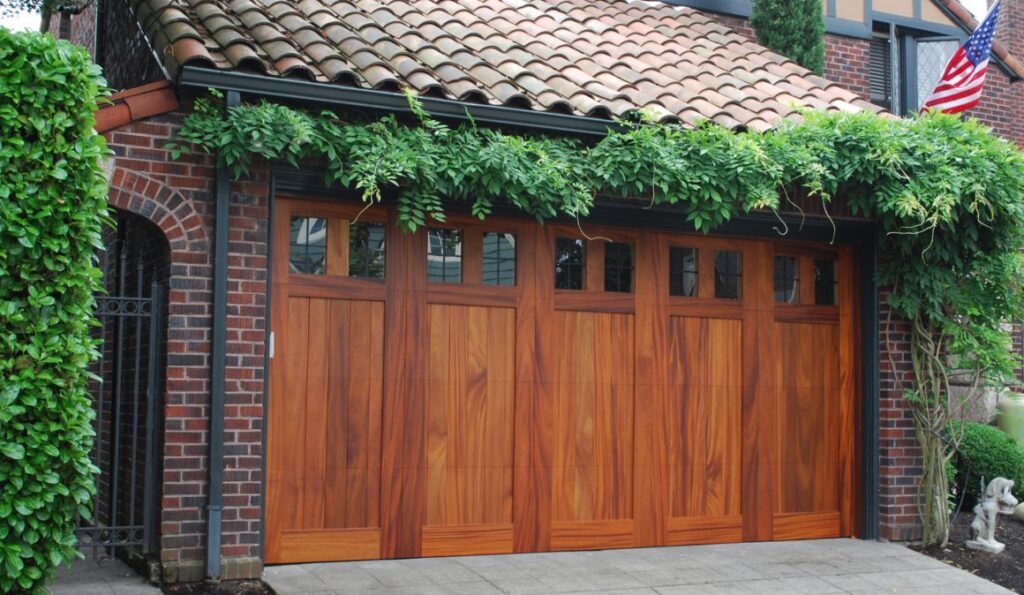Reprogramming a Garage Door Repair Indianapolis IN is a straightforward process that allows you to reset the access code or set a new code for secure entry into your garage.

Whether you’ve forgotten the existing code, need to change it for security reasons, or are setting up a new keypad, knowing how to reprogram it can provide peace of mind and convenience. Here’s a step-by-step guide on how to reprogram a garage door keypad:
1. Locate the Keypad: The garage door keypad is typically mounted outside the garage door, near the entrance. It may be attached to the wall or the door jamb, within easy reach of anyone entering the garage.
2. Identify the Brand and Model: Before attempting to reprogram the keypad, it’s helpful to identify the brand and model of your garage door opener. This information can usually be found on the opener unit itself or in the owner’s manual. Knowing the brand and model will allow you to follow the specific instructions for your particular keypad.
3. Access the Keypad Programming Mode: Most garage door keypads have a programming button or sequence that allows you to enter programming mode. This button is typically located on the back of the keypad or behind the battery cover. Refer to the keypad’s instructions or the owner’s manual for the specific programming button or sequence.
4. Clear the Existing Code (If Necessary): If you’re resetting the keypad or setting a new code, you’ll need to clear the existing code first. To do this, press and hold the “Program” or “Learn” button on the garage door opener unit itself. The location of this button may vary depending on the brand and model of your opener. Hold the button until the indicator light on the opener unit blinks, indicating that the existing code has been cleared.
5. Enter Programming Mode on the Keypad: Once the existing code has been cleared, enter programming mode on the keypad by pressing the “Program” button or entering the programming sequence. This may involve pressing a specific combination of buttons or holding down a button for a certain period. Refer to the keypad’s instructions or the owner’s manual for the correct programming procedure.
6. Set the New Code: With the keypad in programming mode, you can now set a new access code. Enter your desired code using the keypad’s numbered buttons. Most keypads require a minimum of four digits for the code, but some may allow for longer codes. Choose a code that is easy for you to remember but difficult for others to guess.
7. Test the New Code: After setting the new code, exit programming mode on the keypad by pressing the “Program” button again or following the designated sequence. Test the new code by entering it on the keypad and pressing the “Enter” or “Open” button. The garage door should open or close, indicating that the new code has been successfully programmed.
8. Secure the Keypad: Once you’ve programmed the new code, secure the keypad in its mounting location using screws or adhesive, if necessary. Make sure the keypad is securely attached to prevent tampering or unauthorized access.
9. Record the New Code: It’s essential to keep a record of the new code in a safe and secure location, such as a notebook or smartphone app. This will allow you to access the garage easily in the future and provide a reference in case you forget the code.
10. Additional Programming Options (Optional): Some garage door keypads offer additional programming options, such as setting temporary codes for guests or programming multiple access codes for different users. Refer to the keypad’s instructions or the owner’s manual for information on these advanced programming features.
11. Troubleshooting: If you encounter any issues during the reprogramming process, such as the keypad not entering programming mode or the new code not working, refer to the keypad’s instructions or the owner’s manual for troubleshooting tips. Common issues may include low battery power, improper programming sequences, or interference from nearby electronic devices.
12. Seek Professional Assistance (If Necessary): If you’re unable to reprogram the garage door keypad yourself or encounter any technical issues beyond your expertise, don’t hesitate to seek professional assistance from a qualified garage door technician. A technician can diagnose the problem accurately and provide expert guidance on resolving the issue.
In conclusion, reprogramming a Garage Door Repair Indianapolis IN is a relatively simple process that allows you to set a new access code or reset the existing code for secure entry into your garage. By following these steps and referring to the keypad’s instructions or the owner’s manual, you can quickly and easily reprogram the keypad and ensure convenient and secure access to your garage.
Affordable Garage Door Repairs of Indianapolis, LLC
1-317-372-5337




